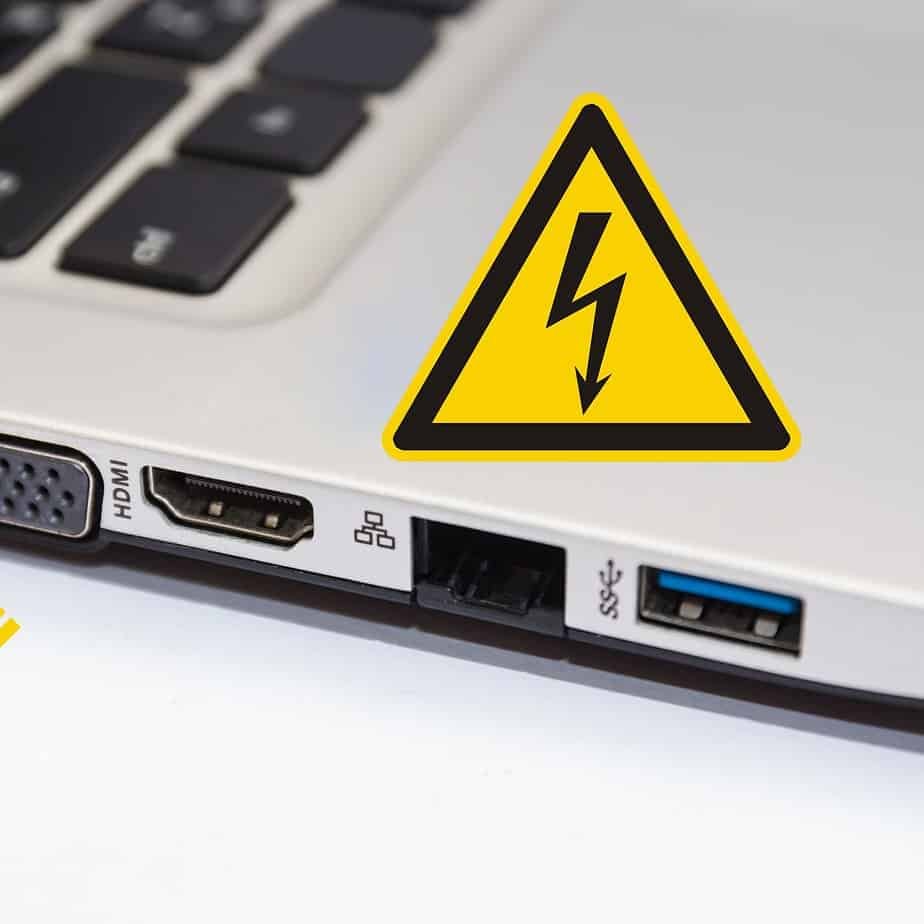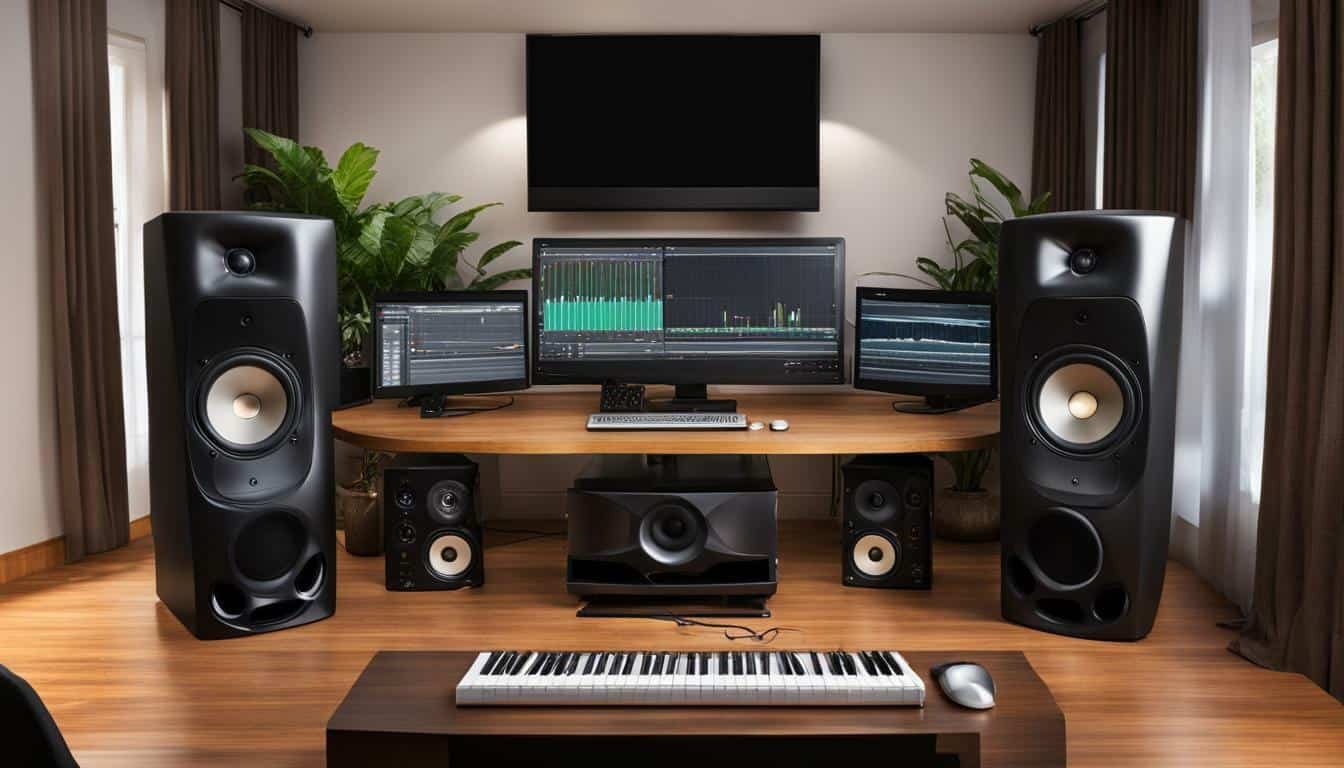You never want your USB devices to stop working when you plug them in, no matter what you’re hooking up – flash drives, headsets, printers, MP3 players, and even smartphones.
A USB port may become unresponsive if you try inserting and removing a USB device repeatedly.
During this state, the USB port is unable to recognize any USB devices and will provide no service.
If you are experiencing this issue, this article will help you fix it.
It is important to first figure out where the issue is coming from.
Causes Of Usb Ports Not Working
You may experience problems with a computer’s USB ports due to incompatible USB extension cables, incompatible hardware, or improper software configurations.
There are certain issues that can cause this issue, including:
Internal Causes:
The possibility of hardware failure cannot be ruled out, in spite of the fact that software and accessory problems cause more problems than hardware problems.
A loose USB card or a failing expansion slot may have occurred if the computer is using a USB card installed in a slot.
You may also notice a disconnected USB cable.
You may also need to replace the USB controller if the USB ports are damaged. You can also simply clean the USB ports.
External Causes:
The reason for some issues may be the device previously connected to the port.
There have been reports that USB ports won’t function after a defective accessory is connected to the computer, even after disconnection.
This is because rapid hookups and disconnections can impact the USB port.
Several options are available for correcting the issue, including connecting the device again, checking for hardware changes, restarting the computer, or resetting the USB controller.
Let’s try some simple testing first…
A problem with the device?
Try plugging your USB device into another computer or laptop if you have one nearby.
If it starts working, then the USB port is the culprit.
Try plugging in an extra USB device if you don’t have a spare computer, just to rule out a device problem.
When it doesn’t work, that means there’s a problem with your device.
Does the physical nature of USB ports cause any damage?
Ensure that nothing is lodged inside your USB ports by taking a close look.
Identify any objects that are stuck and remove them gently.
The USB port must be in good physical condition with no obstructions inside it.
The device can be wiggled up and down by plugging it into the port.
A wiggled port indicates a damaged port.
Restart your computer.
Occasionally, the easiest solution for the biggest issue ends up being the best.
Restart/Reboot your laptop. If this won’t help and the problem still persists, then you’ll need to proceed to more complicated fixes.
How To Fix USB Ports Not Working Issue?
Configure Power Management:
Step 1.
For a Run box to appear, press the Windows logo key coupled with the R key simultaneously.
Step 2.
Select the Run dialog box.
Step 3.
Type devmgmt.msc in the Run dialog, and click ‘OK’.
Step 4.
Press Windows +R keys and select devmgmt.msc from Run.
Step 5.
To expand the drop-down list of Universal Serial Bus controllers, double-click on the Universal Serial Bus controllers icon in Device Manager.
Step 6.
Click the USB Root Hub, right-click, and select “Properties”.
Step 7.
Select Properties, from the list of devices, by right-clicking on the USB Root Hub device.
Step 8.
By clicking “OK”, uncheck the box “Allow the computer to turn off this device to save power” in the Power Management tab.
Step 9.
Repeat steps 3-4 for each Universal Serial Bus controller that contains a USB Root Hub device.
Step 10.
For each USB Root Hub, repeat steps 2-3 because Power Management is the only setting that needs to be adjusted.
Check your USB ports for functionality after completing the steps above. Congrats if it works! Otherwise, continue to the next step.
Disable USB Selective Suspend Settings
Disable USB
Step 1.
Choose “Power Options” from the right-click menu.
Step 2.
Select Control Panel from the Start menu
Step 3.
Choose the corresponding result
Step 4.
Navigate to Hardware and Sound and click on Power Options
Step 5.
“Additional power settings” is located next to the current plan option. Click “Change plan settings”.
Step 6.
Go to Edit Plan Settings and click “Change advanced power settings”.
Step 7.
Locate and expand options for selectively suspending USB devices.
Step 8.
Click “Apply” and then “OK” to save the settings. Disable both Plugged-in and On battery settings.
Update your system.
The possibility exists that updating your system will resolve the USB port problem, although it’s less likely.
Updates for Windows and macOS are handled differently.
Navigate to the device manager in Windows.
In Windows, you have two options for getting USB ports working again.
Method no 1.
You can check for hardware changes by right-clicking the name of your computer, then selecting Hardware change scan.
Check the USB device’s functionality after the scan has been completed.
Method no 2.
The USB controller can also be disabled and enabled again.
To adjust the little USB cable’s orientation, click the little arrow on the left instead of the right in the device manager.
The first USB controller can be uninstalled by right-clicking it and choosing Uninstall from the menu.
Follow this process for all the USB controllers you find.
Restart your computer.
You can check to see if your device works by rebooting Windows, which will reinstall the USB controllers.
Final Words:
There are a few methods you can use to repair a USB port that isn’t responding.
The most likely cause is that it’s not dead, and it can be fixed.
In the case of a nonworking USB port, remember to:
- Restart Windows
- Perform a physical inspection
- The port may need to be physically repaired if necessary
- Power-saving feature USB Selective Suspend should be disabled
- The USB Host Controller should be uninstalled under Device Manager
Your computer doesn’t just have USB ports that can malfunction.
Knowing how to detect failing hardware on your PC can save you a lot of money.
Taking care of your hardware can reduce failures.
If none of the fixes here work, it might be time for you to look for a new Laptop. If that is the case be sure to check out our post on Best Computers for Hacking you might find what you are looking on that List!



0 Comments